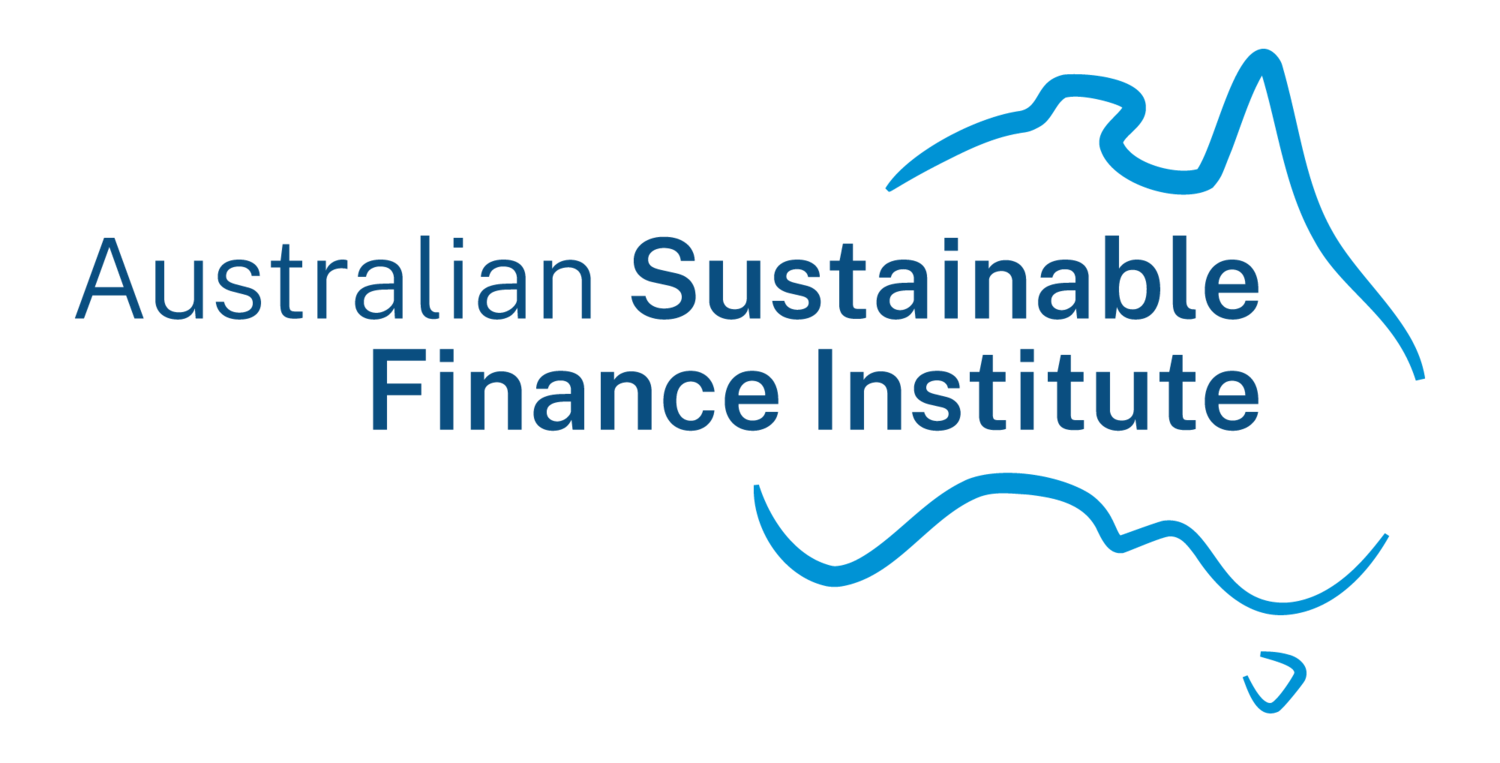Major banks back sustainable finance reforms to safeguard Australia’s economy from climate risks and unlock capital
Financial institutions join a growing push to expand the sustainable finance taxonomy beyond green bond use, to unlock global investment in Australian sustainable projects.
Key Takeaways
Practical application of the Australian Sustainable Finance Taxonomy within Australia’s largest financial institutions has revealed a strong appetite to expand the taxonomy and safeguard Australia’s economy from climate risks.
80% of financial institutions surveyed favour expanding the taxonomy to climate adaptation and resilience – a low-cost, high-impact way to unlock capital.
The taxonomy’s success in mobilising capital hinges on widespread adoption – and with green bonds representing just 5% of Australia’s total bond market, expanding its use beyond green bond frameworks is critical.
80% of financial institutions surveyed favour a shared public-private governance model, saying it’s vital for ensuring credibility and usability
ASFI has provided three recommendations to Government to advance these findings:
Expand the taxonomy to include adaptation and resilience
Strengthen international engagement
Establish enduring governance arrangements
In a world first, Australia has not only defined credible capital flows, but is enabling them, testing the sustainable finance taxonomy in practice with some of the country’s largest financial institutions: ANZ, Commonwealth Bank, Clean Energy Finance Corporation, HESTA, Metrics Credit Partners, Moody’s Ratings, NAB, Rabobank, Rest, and Westpac.
Acting as a feedback loop in action, the practical application of the taxonomy in market has shown it can guide real investment decisions and give global investors the confidence to back sustainable Australian projects. Early market insights also reveal a strong appetite to expand the taxonomy’s criteria to safeguard Australia’s economy from escalating climate risks.
The Australian Sustainable Finance Institute (ASFI) – the peak body for Australia’s sustainable finance sector – today released its first report from the program: Unlocking Private Capital for the Transition: Market insights from the practical application of the Australian Sustainable Finance Taxonomy.
Drawing on analysis from testing the taxonomy in market and a survey of ASFI members —representing more than $16 trillion in assets under management — the report captures how the framework can help direct finance toward credible transition and resilience outcomes.
“Australia’s sustainable finance market is growing fast, but it’s still only a fraction of where it needs to be,” said ASFI Chief Executive Officer Kristy Graham.
“Expanding the taxonomy is about unlocking the mainstream and helping direct global capital, not just green bonds, toward the transition.”
The report highlights that while Australia’s green bond market is growing, it still represents only five per cent of total bond issuance[1], underscoring the need to integrate taxonomy alignment across mainstream lending and investment.
ASFI outlines next steps for Government
ASFI’s report sets out three key recommendations to government, designed to translate the market insights into practical policy and finance sector outcomes:
Expand the Australian Taxonomy to adaptation and resilience as an immediate priority.
Step-up international engagement to shape emerging international standards in Australia’s interests, particularly for key sectors such as mining and agriculture
Establish enduring taxonomy governance arrangements that enable ongoing public-private cooperation for taxonomy implementation, expansion, and international engagement.
ASFI’s recommendations align with the Australian Government’s National Adaptation Plan (2025), which commits to exploring “possible next steps for the Australian Sustainable Finance Taxonomy, including expansion to adaptation and resilience.”
The Insurance Council of Australia also backs the taxonomy expansion, and in its submission stressed that clear, credible standards can help channel investment toward protecting households, infrastructure and communities from growing climate risks.
“The Insurance Council and its members, along with the Resilient Building Council and Investor Group on Climate Change (IGCC) has previously recommended property sector …adaptation as a key priority for taxonomy coverage… due to the readiness of the sector to match capital with existing solutions and the interconnection between emissions reduction and disaster resilience for buildings and construction.”
Trading partners highlight need for global green trade standards
ASFI’s call aligns with strong and growing interest from key trading partners for Australia to join multi-lateral interoperability processes like the Multi-Jurisdictional Common Ground Taxonomy (MCGT).
Wang Xin, General Director of the Research Bureau at the People’s Bank of China previously shared his thoughts on the benefits of interoperability between national taxonomies at the 2025 Australian Sustainable Finance Summit in July.
“Collaboration on taxonomies and other areas are really important,” Xin said. “Between Australia and China and other countries we need to have more understanding of green trade, green services and together develop green trade standards.”
“The taxonomy is already helping Australia define what good looks like. Now it’s about ensuring access to deeper, more competitive funding for the transition,” said Graham.
“These findings show we have the opportunity, and the market demand, to build on that success and ensure capital is directed toward genuine, high-impact transition activity.”
ASFI continues to collaborate with partners in China, the UK, Singapore and other jurisdictions to strengthen interoperability and ensure Australia’s sustainable finance frameworks are recognised by global investors seeking transparent, comparable sustainability standards.
[1] Q4 2024 Sustainable Finance Market Update, Westpac IQ, 2025
